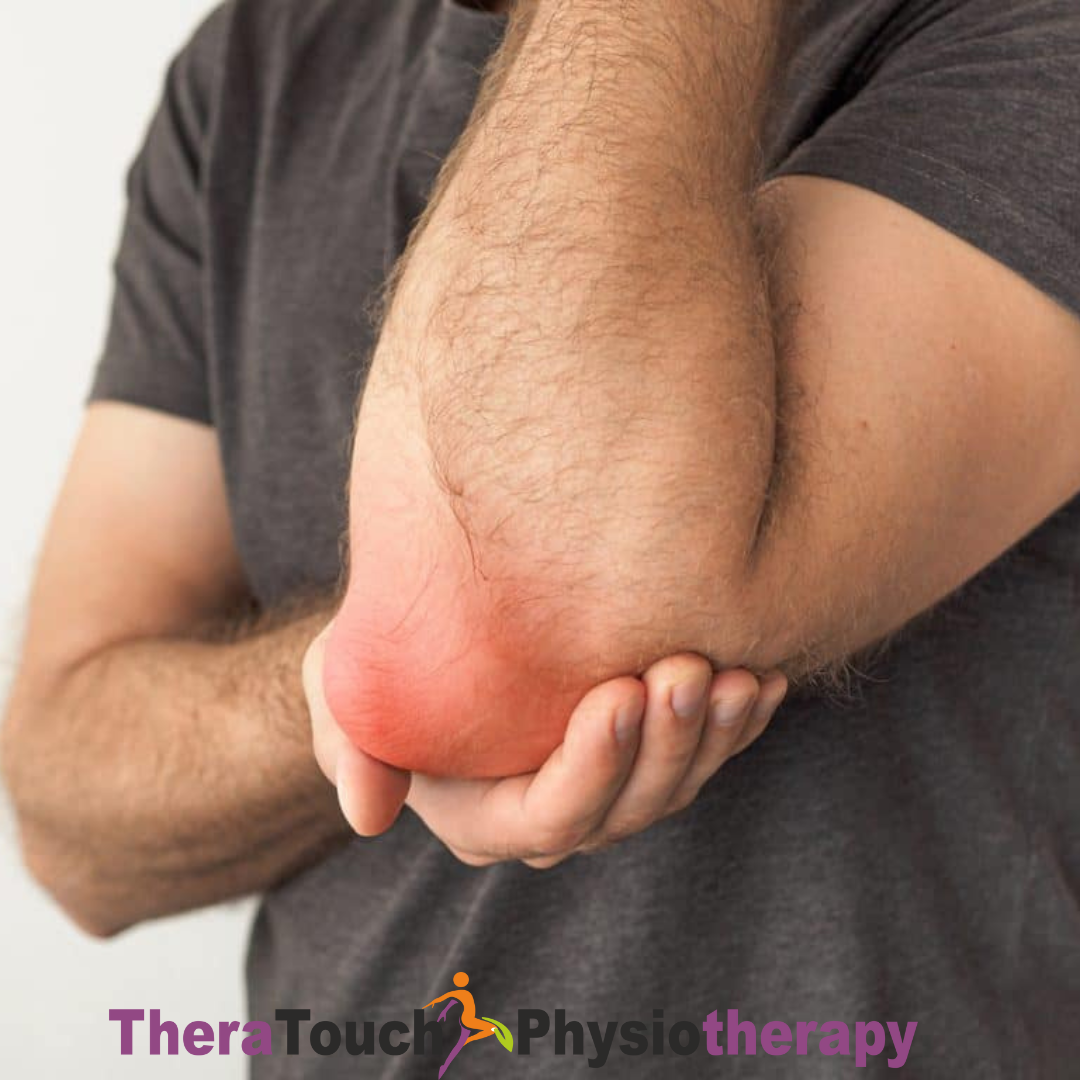Bursitis: Revitalizing Movement with Physiotherapy
Bursitis is a discomforting condition marked by the inflammation of bursae, the small fluid-filled sacs that cushion the bones, tendons, and muscles around joints. Its onset can lead to pain, swelling, and restricted movement, significantly impacting daily activities. In this article, we’ll explore the intricacies of bursitis, including its origins, symptoms, and the pivotal role that physiotherapy plays in its management and recovery.
Unraveling Bursitis
Bursitis arises when the bursae endure irritation or inflammation, often due to repetitive motions, prolonged pressure, or sudden trauma. Commonly affected areas include the shoulders, elbows, hips, knees, and heels. Individuals engaged in repetitive tasks or subjected to prolonged pressure on specific joints, such as athletes, gardeners, and laborers, are particularly susceptible to bursitis.
Causes and Vulnerabilities
1. Repetitive Strain: Continuous engagement in activities like typing, gardening, or sports that involve repeated movements heightens the risk of bursitis.
2. Prolonged Pressure: Extended periods in one position or frequent kneeling can aggravate the bursae, precipitating bursitis.
3. Injury or Trauma: Direct impact or injury to the affected joint can trigger inflammation of the bursae, leading to bursitis.
4. Underlying Conditions: Certain medical conditions, including rheumatoid arthritis, gout, or infection, may predispose individuals to bursitis.
Symptoms
Typical symptoms of bursitis encompass pain, tenderness, swelling, and restricted joint movement. The intensity of these symptoms varies, influenced by the severity of inflammation and the underlying cause.
Tips for Bursitis Management
1. Embrace Rest: Allowing the affected joint to rest and refraining from activities exacerbating symptoms aids in pain alleviation and facilitates healing.
2. Hot or Cold Therapy: Alternating between hot and cold compresses on the affected area helps reduce inflammation and provides relief from discomfort.
3. Supportive Aids: Utilizing braces, splints, or orthotic inserts supports the affected joint, alleviating pressure and promoting recovery.
4. Activity Modification: Adapting activities to avoid repetitive movements or prolonged pressure on the affected joint prevents symptom exacerbation.
Medication
Over-the-counter pain relievers and anti-inflammatory medications may offer temporary relief from bursitis symptoms. In severe cases, corticosteroid injections may be administered to reduce inflammation and pain. However, medication alone may not address the root causes or ensure long-term recovery.
The Essential Role of Physiotherapy
Physiotherapy stands as a cornerstone in bursitis management, aiming to alleviate pain, inflammation, and restore optimal joint function. Physiotherapists employ a diverse array of techniques, including:
1. Manual Therapy: Hands-on approaches like massage, joint mobilization, and soft tissue techniques alleviate pain, enhance joint mobility, and improve muscle flexibility.
2. Customized Exercise Regimens: Tailored exercise programs bolster the muscles surrounding the affected joint, fortify joint stability, and reinstate natural movement patterns.
3. Ultrasound and Transcutaneous Electrical Nerve Stimulation (TENS): Modalities such as ultrasound therapy and TENS aid in reducing inflammation, enhancing circulation, and accelerating tissue healing to provide pain relief.
4. Education and Self-Care: Providing guidance on proper body mechanics, ergonomic adjustments, and preventative measures empowers individuals to actively participate in their recovery journey.
Bursitis can disrupt daily life, but with diligent management and rehabilitative efforts, individuals can regain mobility and comfort. Physiotherapy emerges as a pivotal ally in bursitis treatment, offering targeted interventions to diminish pain, inflammation, and foster recovery. If you’re grappling with bursitis symptoms, consulting a healthcare professional and integrating physiotherapy into your treatment plan can pave the way towards a revitalized and pain-free lifestyle.

